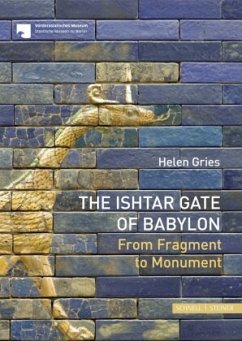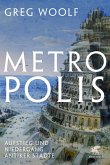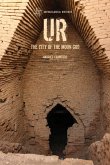The lavishly decorated Ishtar Gate was one of ancient Babylon's city gates. The Babylonian king Nebuchadnezzar II built it in the 6th century BCE. During the annual New Year festival, the processions of the gods passed through this gate as they entered the city centre.But how did the Babylonians make the glazed bricks used in the gate's construction? What was the significance of the lions, dragons, and bulls that adorned the gate? How and why did pieces of the gate end up in Berlin, where the Ishtar Gate was reconstructed from thousands of fragments in the 1920s? And how authentic is this reconstruction?








